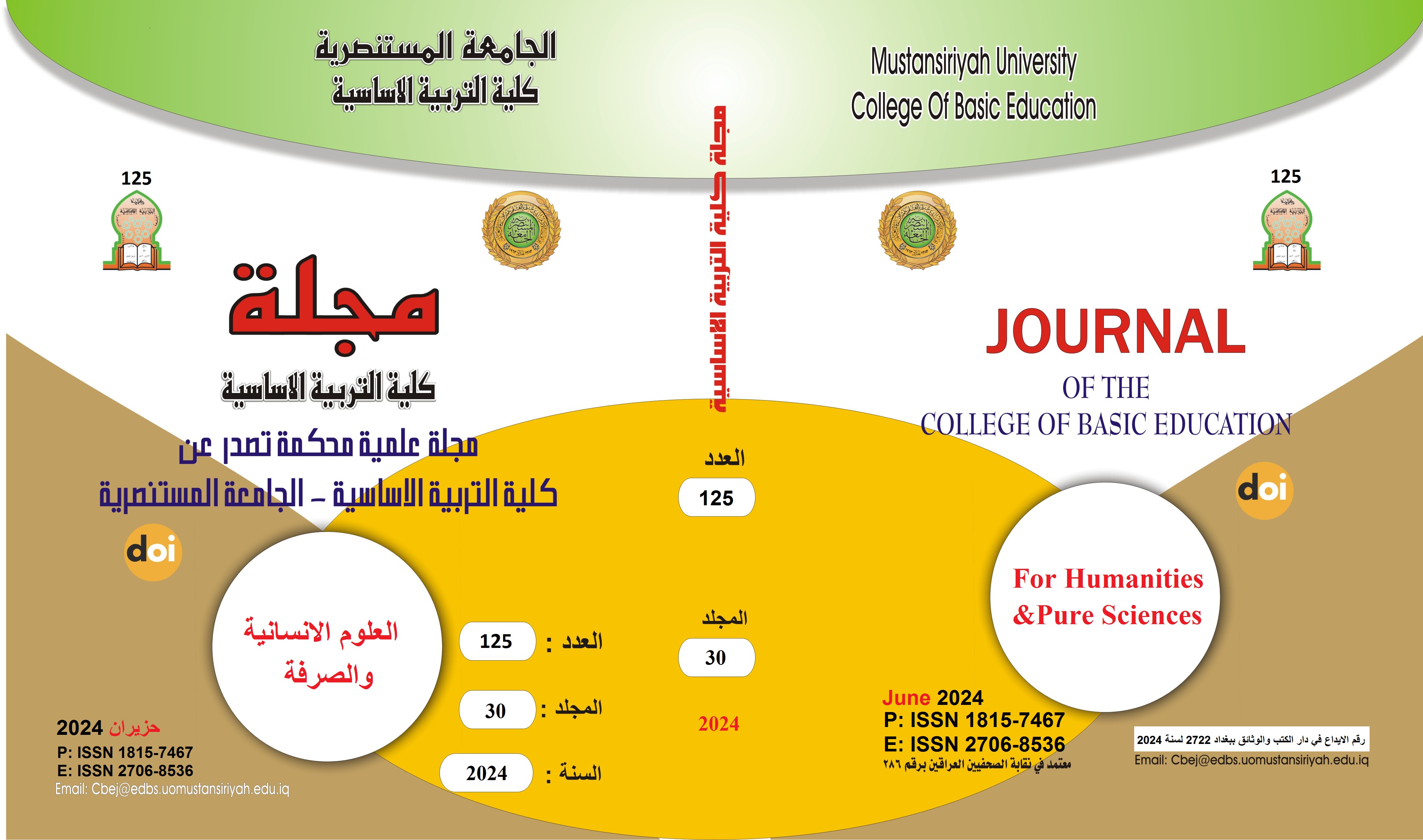Cartographic modeling of land cover and land use variation in Baladruz District Using geographic information systems and remote sensing
Main Article Content
Abstract
Remote sensing data is one of the important ways to study the spatial variation of land cover and land uses, as well as the growing interest in using remote sensing techniques and geographic information systems together to study environmental changes and how to control the changes that occur in land uses, in order to integrate remote sensing techniques and information systems. Geography in estimating environmental changes to control land cover.
The study area is located in Diyala Governorate, occupying an area of (6824) km2 of the governorate’s area. The aim of the study is to know the changes in land cover and land use in Baladruz by comparing land use maps for the years (2003 - 2023).
Five reflective indicators (Spectral Indices) were used to study the temporal and spatial changes in land cover classification and land uses in the study area. The indicators that were used are the Normalized Difference Vegetation Index (NDVI), the Normalized Urban Areas Index (NDBI), the Normalized Difference Water Bodies Index (NDWI), the Abandoned Land Index (Normalized Difference Bareness Index). NDBaI), A spectral crust index (CI). Anderson's classification was adopted to divide land cover types and land uses .
Article Details

This work is licensed under a Creative Commons Attribution-ShareAlike 4.0 International License.
